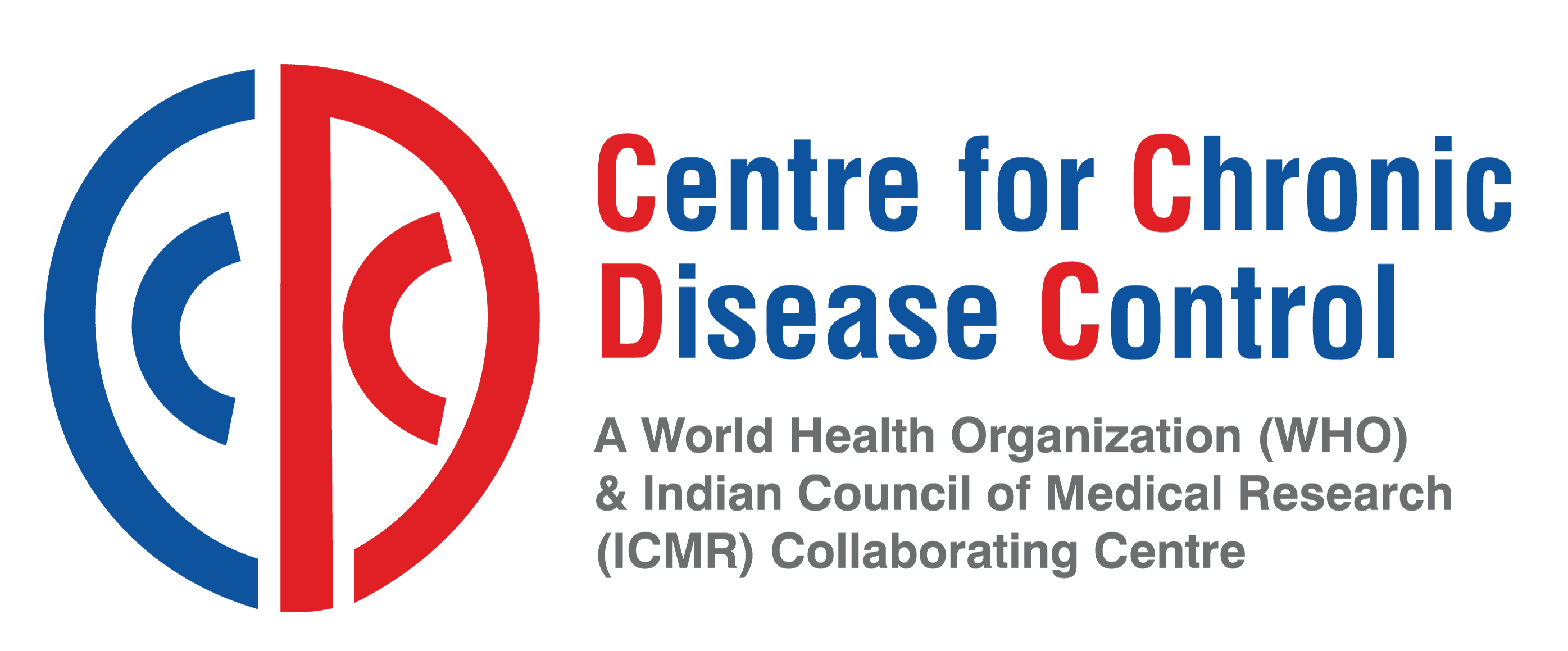Digital Health
Assisted telemedicine program developed by the BRIDGE Centre for Digital Health to promote healthcare inclusivity for the most vulnerable segments in India. The program maims to improve quality and access to healthcare through trained personnel who help urban underprivileged populations access telemedicine platforms.
The interoperable platform integrates various cutting-edge technologies, unlocking the potential of digital health advancements to transform lives and healthcare. Trained healthcare workers enable seamless doctor-patient interactions, overcoming technology, language, or literacy barriers for patients. This system allows easy appointment scheduling, post-consultation counselling, and patient follow-ups. It also allows empowers the doctor to make informed decisions
A simple yet comprehensive symptom-based template is used to collect history, perform physical examinations, and carry out laboratory investigations before initiating a teleconsultation, thereby saving time and improving the quality of care.
The program was particularly relevant during the COVID-19 pandemic when it became difficult to access routine primary care services.
Bridging the Healthcare Inclusivity Gap
Despite effective primary care methods and advancements in digital health, India’s underserved communities still bear a heavier disease burden, leading to less-than-ideal health outcomes. The COVID-19 crisis prompted remarkable growth in digital healthcare, including Telemedicine, m-health, and EHR applications. Both public and private sectors invested in these platforms to enhance healthcare accessibility and affordability. However, despite progress, the widespread use of telemedicine remains below its potential due to challenges faced at the patient, provider, and systemic levels.
Patient Challenges: Geographical limitations and high expenses, along with rural communities’ skepticism toward telemedicine, create barriers to healthcare access. Affordability issues and reluctance towards telemedicine, rooted in technology barriers and lack of awareness, present substantial challenges. Individuals in rural areas, particularly, face obstacles due to inadequate digital skills, hindering their utilization of telemedicine services. Additionally, limited access to smartphones and computers further limits their ability to leverage digital healthcare resources. Language and literacy barriers exacerbate these digital challenges, restricting access to a wider range of services.
Healthcare Provider Challenges: Healthcare providers may not be adequately trained to use digital platforms effectively. This can create inefficiencies in setting up consultations, finishing pre-appointment tasks, and ensuring a hassle-free patient-physician interaction. Lack of proper history, basic physical examination, and laboratory parameters make it difficult for the physician to make an evidence-based clinical decision.
Systemic Challenges: A shortage of doctors and an overstretched healthcare system persist as unresolved challenges, even in telemedicine. Additionally, the lack of a stable internet connection in remote areas poses a significant limitation. Moreover, the absence of interoperable devices results in fragmented data and inefficiencies in healthcare coordination.
CCDC’s telemedicine program aims to address and resolve these challenges and ensure healthcare inclusivity for all.
Projects under the Telemedicine Model
Star Aarogya Digi Seva: It represents an assisted telemedicine solution introduced by the Centre for Chronic Disease Control (CCDC). A cutting-edge, interoperable telemedicine platform with the goal of offering primary and tertiary-level physician consultations through assisted telemedicine services. The program was initiated on 1st December 2020.
This pioneering program provides a consistent and innovative platform by incorporating electronic health records, an integrated clinical decision support system, and various state-of-the-art digital health technologies. These features enable physicians to access comprehensive information about a patient’s medical history and current ailments.
It utilizes a simple yet comprehensive symptom-based template to collect patient history, conduct physical examinations, and perform necessary laboratory investigations prior to initiating a teleconsultation. This approach not only saves time but also elevates the quality of care provided to patients.
Objectives
- Improving access to primary as well as tertiary care for the poor, vulnerable, and marginalized societies living in remote, rural, and urban locations through assisted telemedicine solutions using trained health workers.
- Improving the quality of telemedicine care by equipping physicians with all the necessary patient information required to make evidence-based clinical decisions.
In Tamil Nadu, two telemedicine centres have been established to provide general as well as specialized consultations. Since their establishment, these centres have facilitated around 33,000 consultations, 21,000 laboratory tests, and performed 3,700 ECGs.
Assisted Telemedicine Services for Rohtak, Haryana: In collaboration and support from the World Health Organization, CCDC partnered with PGIMS, Rohtak (Haryana), to implement and showcase the application of the innovative digital solution within a public healthcare environment. In this initiative, two Community Health Centres (CHCs) in Rohtak district offer specialized consultations through assisted telemedicine. These CHCs enhance access to primary and tertiary healthcare for remote populations via telemedicine and function as a demonstration project, showcasing its potential for adoption and expansion to other regions within Southeast Asia.
Both CHCs have transformed, incorporating nurses responsible for monitoring patients’ vital signs and facilitating appointments with specialists. This comprehensive approach aims to bring advanced healthcare closer to remote areas and demonstrate a scalable model for improved healthcare delivery across the region.
Assisted Telemedicine Program with BLDE: A significant milestone has been achieved through the recent collaboration involving CCDC, BLDE University in Vijayapura, Karnataka. This collaboration represent a crucial initiative to integrate the telemedicine platform of CCDC into the healthcare facilities of BLDE University. The strategic partnership is crafted with the goal of maximizing the potential of Assisted telemedicine, with a specific focus on enhancing the delivery of primary and tertiary healthcare services in the underserved rural and remote areas of Karnataka.










